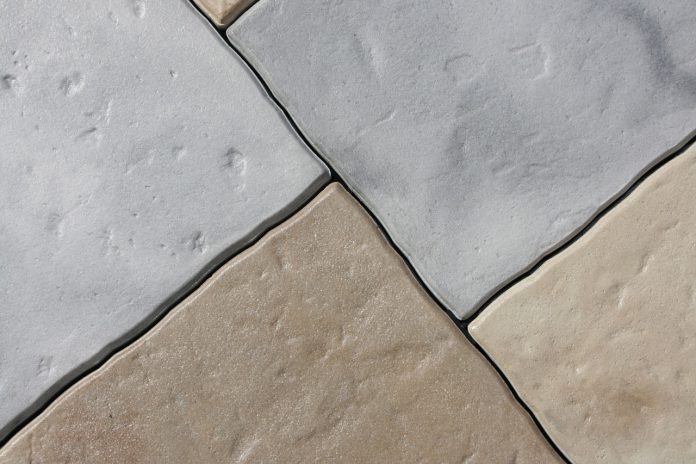What you should put on the floor?
You are going to renovate your home, and now you are wondering what you should put on the floor? In general, there are several various materials which you can put on your floor: metal, quartz, terrazzo, clay, stone. However, the most commonly used materials are ceramic and natural stones. Let us focus on these two main materials, and undoubtedly, it will help you in deciding on which of them will be most suitable for you.
Ceramic tiles are manufactured from the clay which at the beginning should be quarried, and then prepared and formed. How are ceramic tiles formed? There are three main methods. The first method is known as dry press. This method includes the pressing of mixture of various materials. It is performed under extremely high pressure, and the main purpose is to press this material into special molds. The second method is known as extrusion.
This method requires quite wet mixture of material which, generally speaking, is extruded into a mold. The third method – slush mold includes two steps. Firstly, very wet materials mixture is poured into the mold. The next step requires leaving molds in kiln and harden it under extremely high temperature. We would also like to draw your attention to two main types of ceramic tiles: porcelain and non-porcelain. Traditional variant is known as non-porcelain, and it can be made from red, white, or brown clay, or even from the mixture of various types and other minerals.
The difference between porcelain and non-porcelain is in the materials which each type contains. Although ceramic porcelain also contains various minerals, the 50% of its “composition” is feldspar (the sand) and white dust. What feldspar exactly is? This is a crystal which in the process of drying in kiln plays the role of flux. Under high-temperature, feldspar melts into the material similar to glass, and it bounds all ingredients which are in the mixture. The very important aspect of ceramic tiles production process is that any modifications in the ingredients of the mixture, or some changes in the process of drying in the kiln, result the variety of ceramic tiles.
These two factors influence the colours and therefore designs of ceramic flooring products. Both porcelain and non-porcelain ceramic tiles can be glazed or not. Glazed tiles can have three different types of finishes: high-gloss, semi-gloss, and matte. Glazed tiles are more resilient to stains, to scratches and traction. Moreover, they absorb less water. Of course, all these features in unglazed tiles are reverse. Previously, process of glazing included double kiln glazing. The first time it was performed to make the mold harden, and the second time to harden the glaze. Nowadays, these two results are achieved at the same time. Both mold and glaze are made harden at the same time. The process is known as Monocuttura. Porcelain tiles are more expensive than non-porcelain tiles, but they are also more durable and better stain-resilient.

